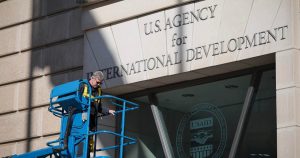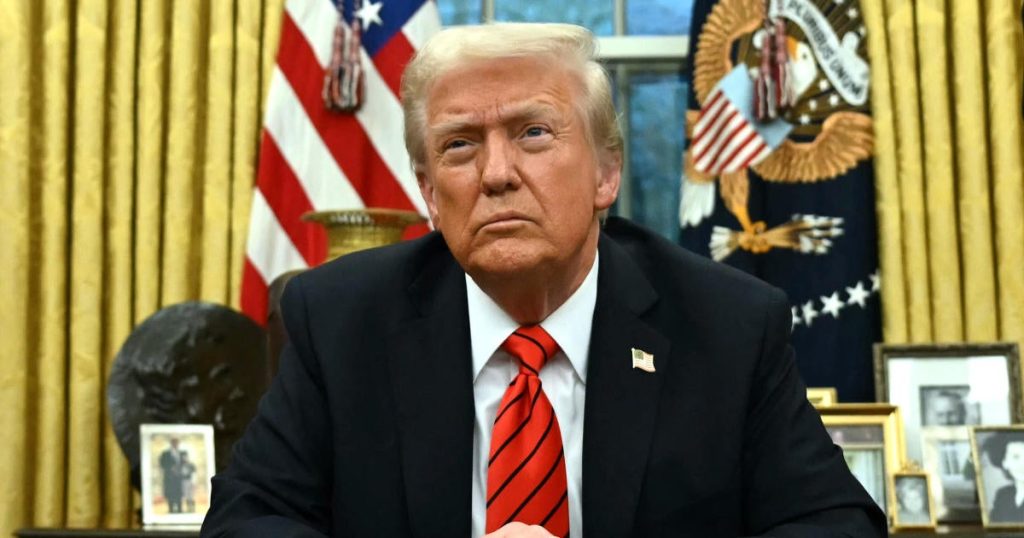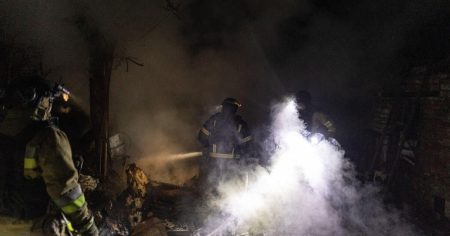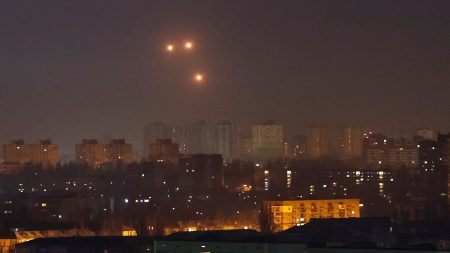President Trump’s Ultimatum to Hamas
President Trump recently issued a stern ultimatum to Hamas, demanding the release of all remaining Israeli hostages by Saturday noon. He warned that failure to comply would result in severe consequences, though he remained vague on specifics. This statement came during a White House event where he signed executive orders, escalating tensions in the region.
The Ceasefire Agreement and Its Stumbling Blocks
The ceasefire, mediated by the US, Qatar, and Egypt, aimed to release 33 Israeli hostages in exchange for 2000 Palestinian prisoners over six weeks. As of Monday, only half of the hostages had been freed, with 76 still held. Tragically, an 86-year-old hostage was murdered by Hamas, intensifying the crisis. Hamas cited Israeli ceasefire violations, including airstrikes and aid blockages, for delaying further releases.
Consequences of Hamas’ Delay
Hamas’ decision to delay hostage releases was met with a strong response from Israel, which placed its military on high alert. Trump emphasized the need for all hostages to be released immediately, rather than in increments, heightening the urgency and potential for conflict.
Trump’s Vision for Gaza’s Future
In an interview, Trump expressed his intention to take control of Gaza, suggesting Palestinians would not return. This provocative stance has drawn both support and criticism, with Israeli Prime Minister Netanyahu praising the plan while others in the region and internationally condemned it.
Prisoner Exchanges and Their Impact
Five prisoner swaps have occurred under the ceasefire, freeing 18 hostages and 730 Palestinian prisoners. The last exchange highlighted the harsh conditions endured by hostages, raising concerns about their treatment and the humanitarian situation in Gaza.
Regional and International Implications
The situation has sparked significant regional and international reaction, with many nations opposing Trump’s relocation plan for Gaza’s population. The crisis underscores the delicate balance of power and diplomacy in the Middle East, with ongoing developments likely to shape the region’s future.















